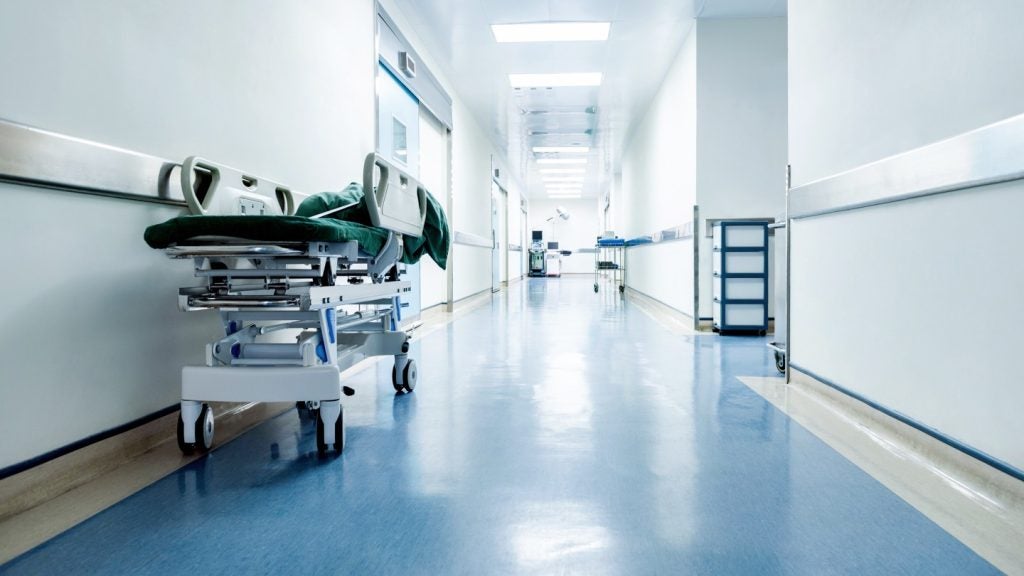There is a long history of epidemics and pandemics, and today they continue
to threaten us by causing death, suffering and fear. They are also placing
sudden intense demands on national and international healthcare systems
worldwide. The last 25 years have brought new diseases to the world, including
HIV/AIDS, SARS, Ebola and, more recently, avian flu. The globalisation of trade
and travel has seen them spread ever rapidly.
In addition, healthcare associated infection (HCAI) – such as
Methicillin Resistant Staphylococcus Aureus (MRSA) – has sky-rocketed in
the past decade. This may be due to increased awareness – in the past,
mortality and morbidity from HCAI were often attributed to failed surgery or
incurable diseases – but it is resulting in newspaper headlines such as
“Killer bugs”, “Menacing microbes” and “Thousands of avoidable deaths”.
It is estimated that, in the EU alone, HCAI affects one out of every ten
patients, causing roughly three million infections, resulting in longer
convalescence periods, increased suffering and some 50,000 deaths per year. It
is also thought that about one third of HCAIs, of which roughly 30% are
discovered after discharge from the hospital, are preventable through
improvements in infection control.
While infection is making the headlines, prevention is not. There are a
number of areas, especially in patient care practices such as hand hygiene,
which, while not headline material, have been proven to significantly
contribute to decreased nosocomial infection.
In surgical procedures, where the potential for infection is high, risk can
be minimised by adopting best practices in several areas, from the environment,
design and preparation of the operating room to the preoperative preparation of
personnel and patients. Using the right surgical barrier and protective gowns,
masks, head- and footwear are some of the principal ways to achieve optimal
protection from infection.
See Also:
NONWOVENS IN THE OPERATING THEATRE
How well do you really know your competitors?
Access the most comprehensive Company Profiles on the market, powered by GlobalData. Save hours of research. Gain competitive edge.

Thank you!
Your download email will arrive shortly
Not ready to buy yet? Download a free sample
We are confident about the unique quality of our Company Profiles. However, we want you to make the most beneficial decision for your business, so we offer a free sample that you can download by submitting the below form
By GlobalDataThe majority of postoperative surgical site infections are acquired during
the operation, when there is a possibility of microorganisms reaching the open
wound. The transfer of bacteria occurs mainly via contact with staff’s
hands or clothing. A healthy individual may disperse thousands of skin
particles per minute and each particle can harbour an army of bacteria.
The role of drapes and gowns is to minimise the spread of infective agents
to and from patients’ operating wounds, thereby helping to prevent
postoperative wound infections. Patient drapes are used to provide a
microbiologically clean working area around the wound. If they enclose the
wound tightly and are fixed to the skin, they also prevent transfer of the
patient’s own skin flora into the wound.
Surgical gowns are used to prevent direct transfer of potentially infective
agents from the surgical team to the operating wound and vice versa. Operating
gowns prevent dispersal of skin scales if they are made of a suitable material
and used in combination with ultra-clean air systems. Fabrics with interstices
greater than 80μm, such as traditional
cotton, do little to prevent dispersal of skin scales.
Nonwoven single-use gowns and drapes offer a variety of properties that
provide a safe barrier against bacteria, such as repellency, self-adherent
edges and aseptic folding. By using nonwovens to reduce the amount of lint
produced in the operating room, and to block the passage of skin particles, the
particle count is reduced by 90%.
The principal advantage of nonwovens is that they are used only once on a
single patient, thus avoiding the need for handling and the consequent
potential for spreading contaminants. As single-use fabrics are new for each
procedure, there is no need to worry about the quality of the material. Because
of their single-use property the same level of barrier effect performance is
always guaranteed, whereas it is possible for a multi-patient re-usable fabric
to lose a certain amount of performance after reprocessing.
By using a combination of different fabrics, materials and designs,
single-use operating room nonwovens are custom-made for staff, offering the
following characteristics:
- Procedure-specific design
- Optimum wearer comfort
- Strong yet lightweight
- Optimal fluid absorbency
- Exchange of air, body heat and moisture
EUROPEAN STANDARDS
A Frost & Sullivan report from August 2004 shows that the market for
disposable surgical drapes and gowns in Europe has seen recent steady growth,
owing to the high standards of infection control enforced by the new EU Medical
Devices Directive (MDD) and EU standard EN 13795.
The need for preventing the transfer of infection between patient and
medical staff has never been greater. The introduction of the three-part
European standard for surgical drapes, gowns and clean air suits, used as
medical devices, EN 13795, has been put in place for the protection of
patients, clinical staff and equipment.
The norm, a globally recognised guideline, is designed to establish uniform
standards for single-use and re-usable surgical drapes and gowns, in order to
minimise the spread of bacteria and other micro-organisms during invasive
procedures, thereby helping to prevent post-operative wound infections.
After nearly ten years of European standardisation work, the final section,
Part 3 – relating to performance requirements – was approved in
April 2006. This work was accomplished with the full support of EDANA’s
Medical Devices Committee, MEDECO, whose experts fully contributed to and
participated in the CEN Working Group responsible for the development of the
norm.
The EU Standards emphasise the importance of the barrier performance of the
materials used, insisting that: “The use of surgical gowns with resistance to
the penetration of liquids can diminish the risk to the operating staff from
contact with infective agents carried in blood or other body fluids.” EN 13795
further outlines the need for rigorous standards in terms of manufacture and
processing throughout a product’s useful life, as well as for the testing
and revalidation of reusable materials.
Nonwoven fabrics have excellent liquid resistance, tensile strength and
hydrophobic/hydrophilic properties. On the other hand, the use of traditional
multi-patient cotton and cotton-polyester mixed textiles has gradually been
decreasing. Once the standard comes into operation, such materials will no
longer be on the market, as their low performance will not meet the stringent
requirements of EN 13795.
BETTER ECONOMICS FOR HOSPITALS
Infection prevention must be seen in a holistic way, so cost should not be
the main factor in making decisions regarding infection-reducing products.
However, looking at the whole picture of preventing infection will ultimately
save money.
Single-patient operating room nonwovens contribute to reduced healthcare
spending. Not only is a patient significantly less likely to acquire a
nosocomial infection, with all its associated medical care and treatment costs,
but compared with all the hidden costs of reprocessing, single-use nonwoven
products prove to be a cost-effective solution.
The choice of materials in both single-patient-use and multi-patient- use
drapes, gowns and apparel, is wide-ranging. The degree to which they resist
penetration by potentially infective material is a crucial factor, and should
be the main concern when different material options are being considered.
Despite growing infection rates in hospitals, there are effective ways to
combat this alarming trend. New applications of nonwovens are increasingly
being used by healthcare professionals as they provide efficient and
cost-effective solutions in many critical applications. As today’s
surgical techniques become more complicated, saving lives in ways that could
never have been imagined even a decade ago, it is imperative that this
technical progress is matched by a similar quantum leap forward in infection
prevention.







